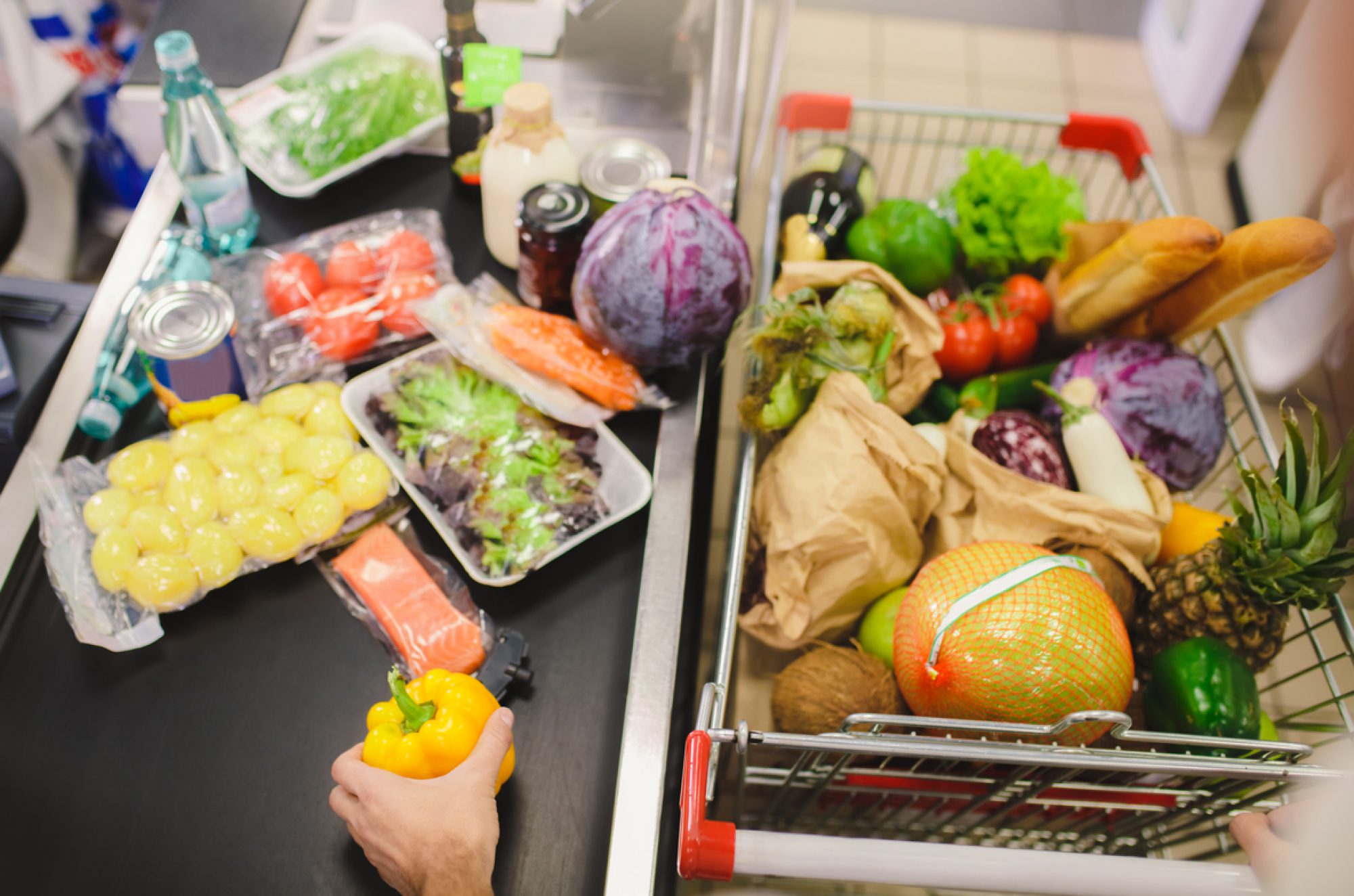With the current focus on human health and safety, more and more ways to protect the public from cross contamination of food borne illnesses and viral contamination has been implemented by government and private enterprise. Given the definition and causes of cross-contamination of bacterial and viral transmission, there is a risk posed by grocery store conveyors not being cleaned and sanitized on a continuous basis. Currently, the cleaning and sanitizing is being done manually by employees. Generally, this entails the employee (usually the cashier) spraying and wiping any number of the various sanitizing products that are provided by the store’s management (with varying bacterial and viral kill times) and also using any specific type of wipers that are also provided (usually some kind of paper towel). By leaving this up to human discretion and training there is room for error in not eradicating all of the bacterial and viral contamination. Therefore, there is a need for a product that will continually sanitize grocery checkout conveyors completely and consistently.
“Bacteria are the largest group of problematic foodborne pathogens by far. They are small, one-celled microbes that come in many shapes and are capable of reproducing themselves.” (Stop Foodborne Illness Organization)
“Viruses are easily transferred from one food product to another, from contaminated water to foods, and from infected food handlers to foods.” (Stop Foodborne Illness Organization)
“Cross Contamination is the physical movement or transfer of harmful bacteria from one person, object or place to another.” (Minnesota Department of Health)
Cross contamination is a key factor in food-borne illness (food poisoning), and it has four common sources: food, people, equipment and work surfaces.

